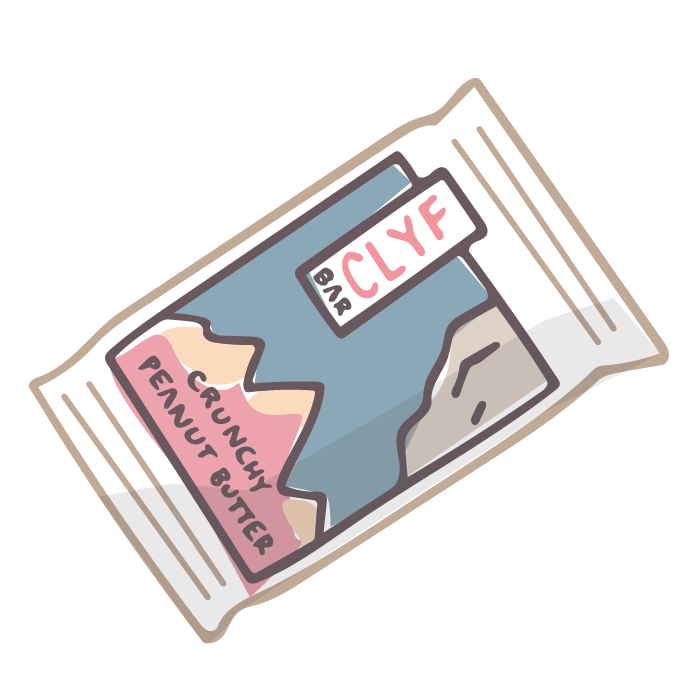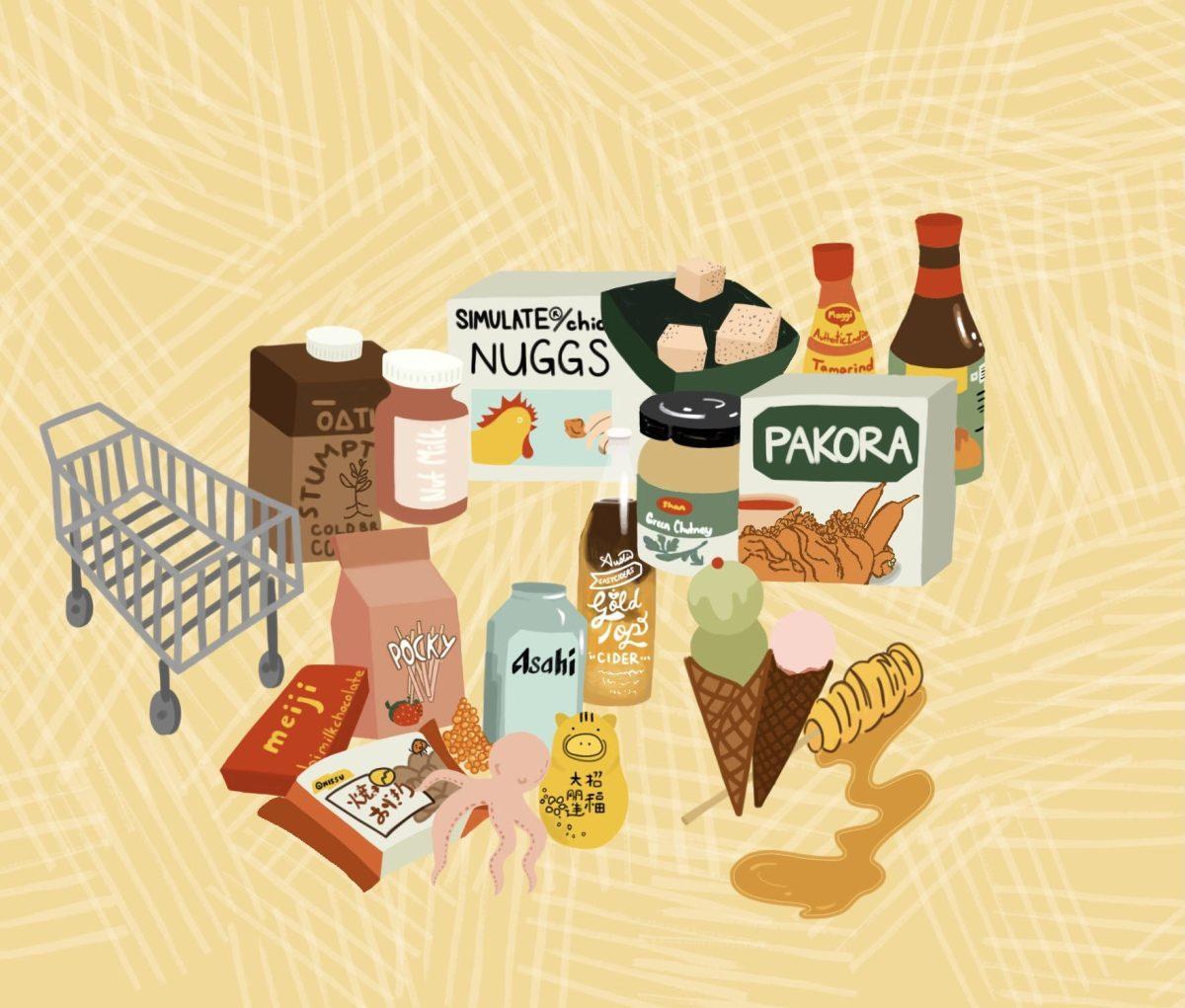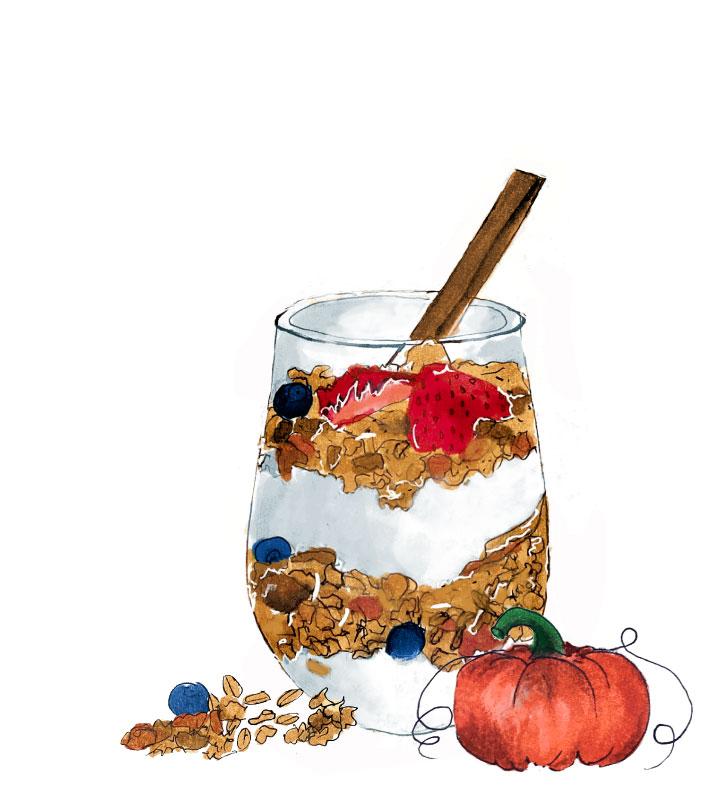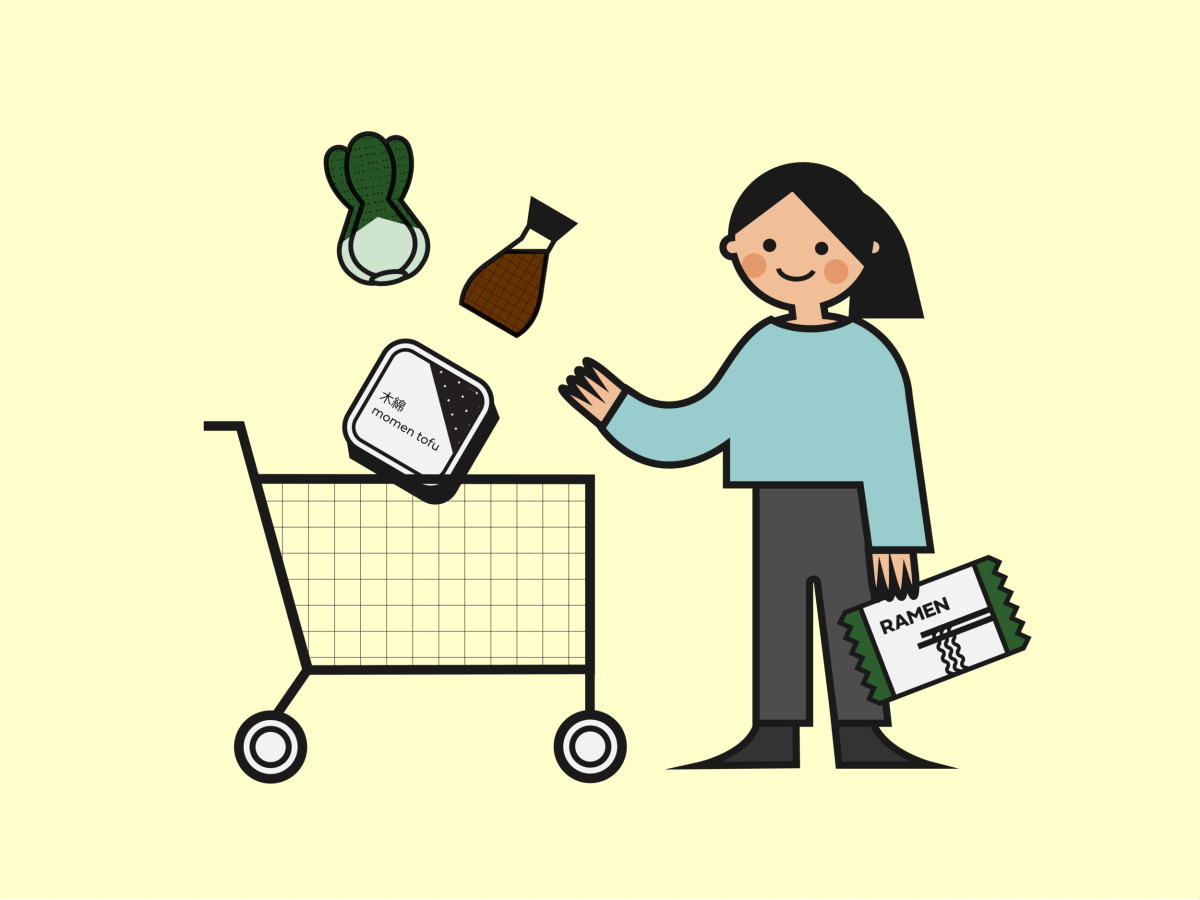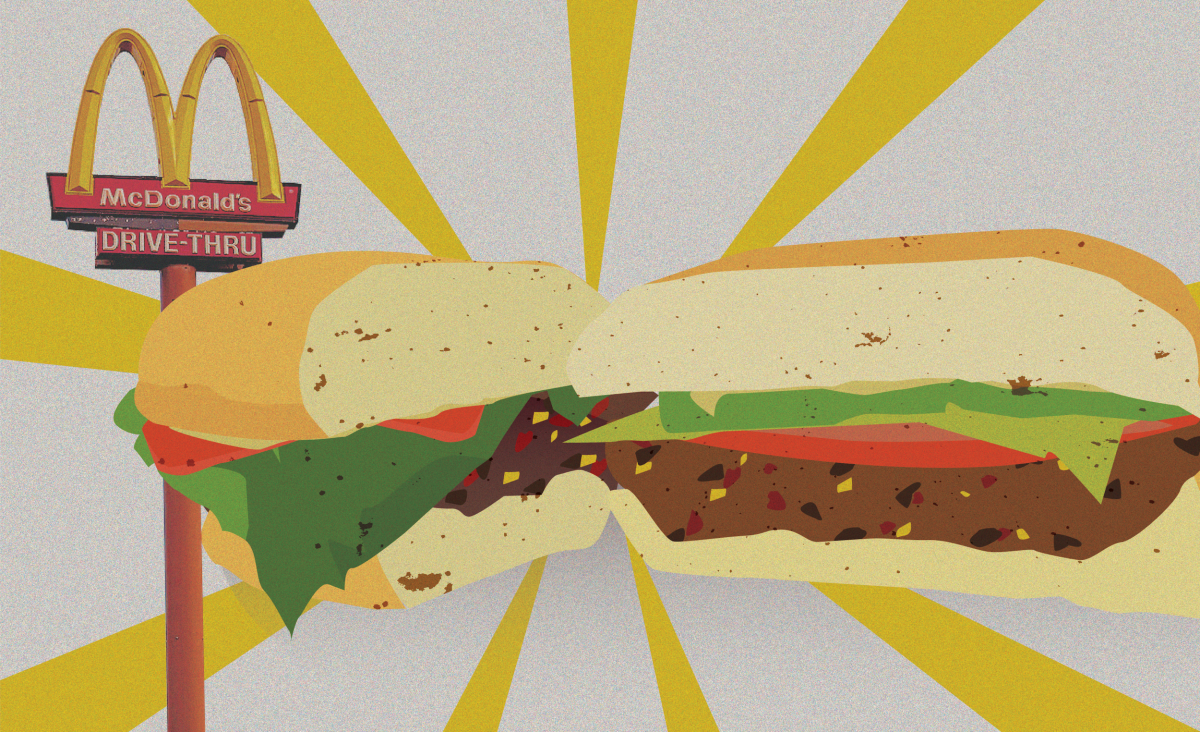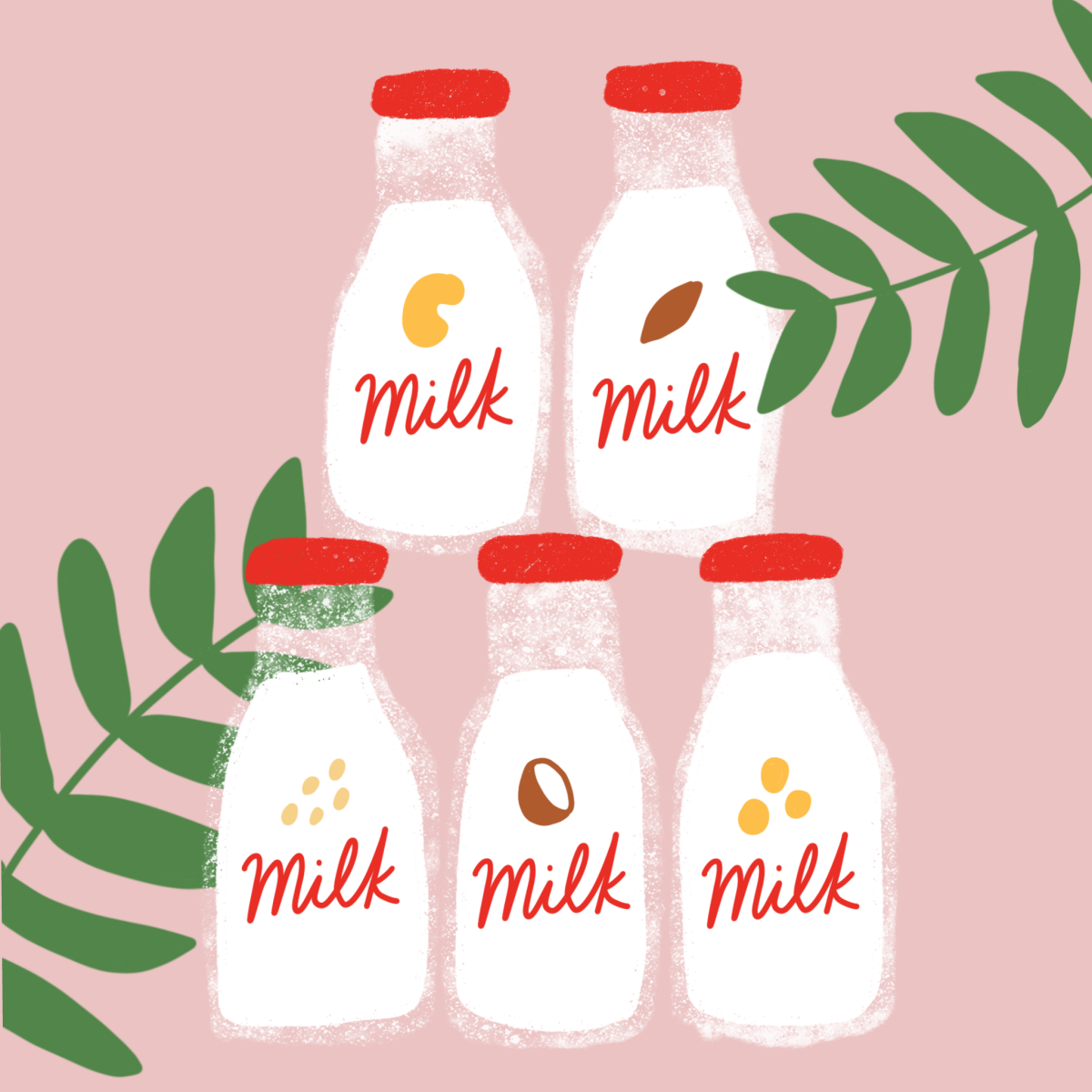Tight budgets, no time and lots of fast food options seem to make it a struggle for those who have been trying to eat healthy or lose a few pounds. To make things worse, some of the food we perceive as healthy options are not actually healthy. These “food frauds” are wrecking diets and ruining appetites. Some of these foods are disguised as “fat-free,” “no calories,” “light” or “sugar free,” but behind those labels are many calories, carbs and loads of real and artificial sugar.
Story by Alejandra Martinez
Illustrations by Ryan Hicks
If finding healthy foods is so hard why even bother trying to eat healthier or start a diet? Might as well just go for the big, greasy burger or the soda. Grocery shopping has gotten harder for students trying to eat healthy, like civil engineering freshman Efrain Vidal. “I typically try to buy all natural or fat-free foods, but now I don’t even know what is healthy and what is not,” Vidal says.
To help with this dilemma, ORANGE compiled a list of five sneaky “food frauds” and alternatives to help prevent shoppers from falling into the trap.
Cereal
Breakfast cereal brands are often advertised as being “all natural,” when in reality these cereals contain lots of added sugars, few nutrients and many calories. “Refined grain cereals are more supplements than cereal foods,” Robert Cabrera says, a nutrition professor at University of Texas at Austin. “At the [they] end are just a sweet snack fortified with some vitamins and minerals.”
In order to avoid these sugary cereals, look for cereals with tons of fiber and less sugar content when walking down the cereal aisle. “The most important thing to look at is whether they are whole grain or not. This can be determined by the amount of fiber grams per serving,” Cabrera says.
Cabrera understands that many might not have time to actually cook breakfast before work, but says that a balanced breakfast decreases the risk of obesity. A quick cereal can be in that diet, but Cabrera suggests to choose wisely, looking for whole grains and fibers and avoiding added sugars.
Fat-Free Foods
Fat is bad. Or at least, that’s the negative connotation most have towards fat. This idea leads to a push toward fat-free foods, when there are a number of “good fats” that benefit our bodies. Cabrera is not an advocate avoiding fats. “One of the problems we have seen is although some of the guidelines right now say to avoid fats or to go low-fat, some fats are essential to our uptake of nutrients.” Cabrera says.
Although fats are essential to a diet, a lot of the time consumers avoid fats because they are misinformed on which fats are good or bad. “Fats add to flavor, provide texture and functional nutrients,” Anne Mahon, a registered dietitian at University Health Services says.
Taking away the fat from foods limits the absorption of nutrients. “Instead of cutting some foods out,” Mahon suggests a balanced diet that contains vegetables, fruit and whole grains with lots of fiber.
Energy and Meal Bars
Though energy bars might have benefits for athletic consumers who need an energy boost, these “food frauds” and overpriced candy bars will add up calories quick if not eaten wisely. Bars might be eaten in place of meals and a majority of bars that are snacked on or eaten on are not as good as perceived. “Many energy bars contain no nutritional benefits or unneeded supplements,” Cabrera says.
Mahon says bars contain sugars that will keep you full, but for only for a short amount of time. These tiny bars leave consumers unsatisfied and do not provide needed nutrients. “These bars are simple carbs and quick energy,” Cabrera says. “Look for bars based on whole foods like whole seeds, fruits and grains.”
When trying to find energy bars, choose those with less than 200 calories, at least 5 grams of protein, fiber and barely any sugar. If you’re using meal bars, as an alternative Mahon says try oatmeal. “Oatmeal can be a very quick,” she says. “Mix in a banana and milk. Now it has the protein and fiber.”
Protein Shakes
Protein shakes have been recommended to those who want to bulk up, slim down or maintain a sexy body, but how much is too much protein? Most people in the US already get an adequate amount of protein, so a protein shake might not be a beneficial addition to your daily diet. “General rule is most Americans already consume more protein than they need,” Cabrera says.
Protein shakes are advertised often for supplying nutrients that will help contribute to muscle mass. This can be beneficial for athletes who try to consume protein either before or after workouts, but not so helpful as an everyday routine. “The problem is that we already are protein adequate and then we consume more protein and it is too much protein,” Cabrera says. “Protein shakes contain 40 grams or sometimes more protein.”
As an alternative to protein shakes, try low-fat chocolate milk as a post recovery workout. If you’re not a fan of milk, Mahon suggests buying vegetable based proteins like kale and spinach.
Dried Fruit
Beware of dried fruit. These little pieces will make you believe that you are eating a small portion but, a small portion quickly turns into a large one. For example, a box of raisins is equivalent to a bag of grapes. “The problem with dried fruit is if you take 100 grams of grapes and 100 grams of raisins and compared them you will find that because you have lost so much water in the raisins and increased the calories in the same mass of food,” Cabrera says.
In short, Cabrera explains that even though the grapes and raisins weigh the same, the raisins have decreased in energy density because of the water suction that transforms fruit into dried fruit. Because of the decrease in density, we tend to consume the same amount or more, leading to a consumption of an excess amount of calories.
To avoid this problem, choose small servings. Do not have a big bag on your desk. Instead, pour a small cup or use dried fruit as the sprinkles to your yogurt or oatmeal.
Use this guide to help maneuver through grocery aisles avoiding, sneaky “food frauds.” “The first step to eating healthy is determining healthy food brands and then look at the label,” Cabrera says. Look at the label and beware.

































